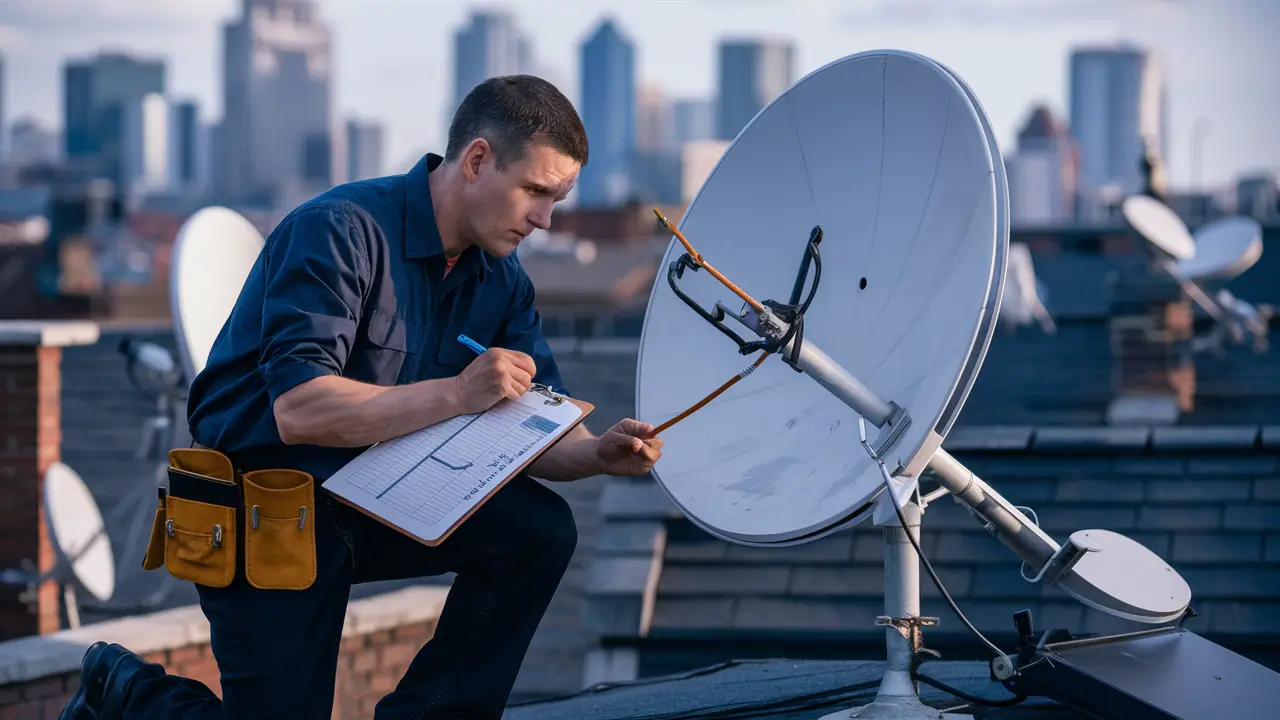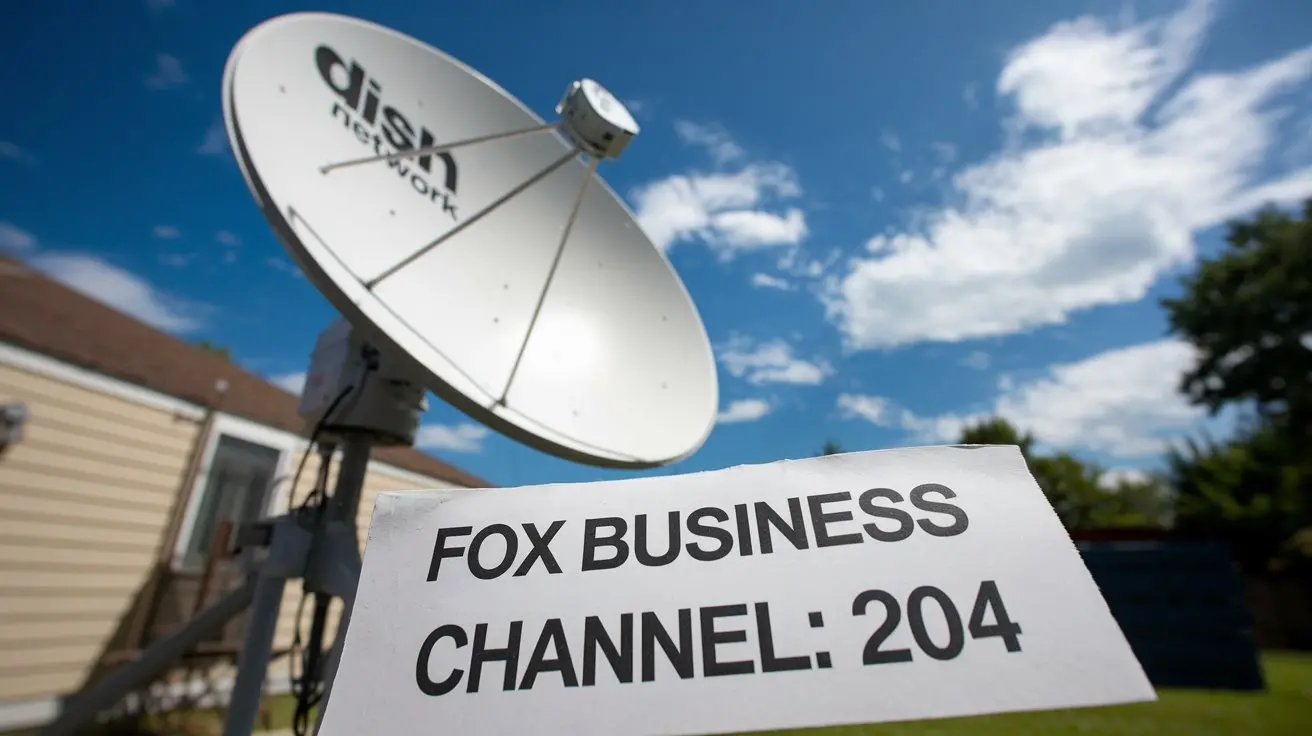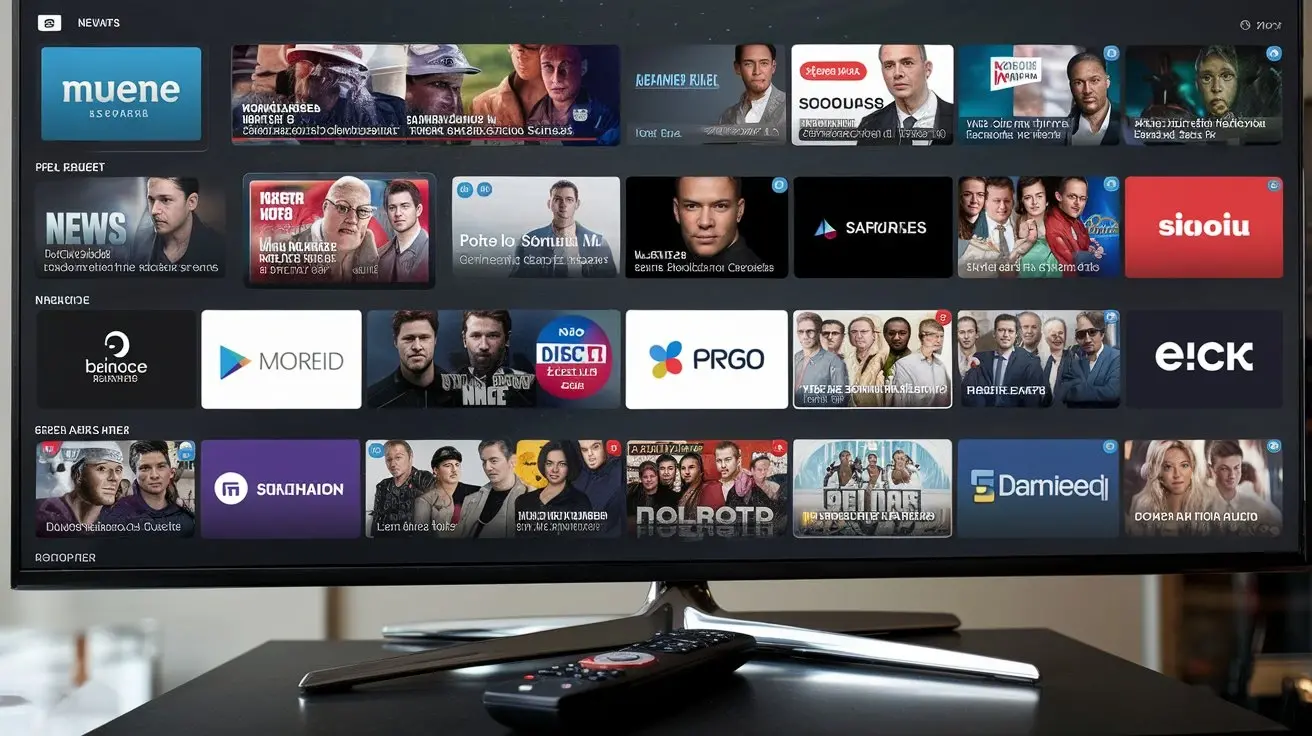
It is sometimes helpful to know which satellite dish you have with Dish Network to fix problems or if you want to upgrade your dish or other equipment. Over the years, dish receivers and the dishes have evolved and so it is important to establish the specific equipment used. Below are some guidelines on how to determine which Dish Network dish is currently installed at your home:
Examine the Dish Itself
The easiest way is to go out of the house and look at the satellite dish on the outside of the building. On the arm or the base of the dish, there will be the model number engraved. Common Dish Network satellite dishes include:
- Dish 300 – The first standard definition dish that is entry level with a 29” round design. Supports a single LNB.
- Dish 500 – A bigger dish that can accommodate both HD and one input feeding two outputs. A “Round 40” design that has a hole in the middle of the design.
- Dish 1000 or Dish 1000. 2 – A high end Dish used for multiple orbitals and four outputs. As earlier said it has oval shape and its dimensions are 24” x 36”.
- Dish 1000. 4 is an advanced 4 - output dish. A bigger oval shaped frame with dimensions of 30 inches by 40 inches.
If it is possible to look at the dish and read the engraved text, take note of the model number only. Then you can look up specs and details on that hardware to get more information on what satellites it observes, and which channels are available.
Check Behind the Dish
If you can barely recognize the text on the dish, try looking at it from the back or bottom. Some satellite dishes have their make and model written somewhere – perhaps you need to pull the dish out a little from the wall or turn the pole mount upside down to see if there are markings on the back or underside. The text to be small sometimes, so use a flashlight and take a picture of the text you have come across with.
It is also important to evaluate the LNB and Output Arm for any signs of damage or decay.
Another part where you may find an ID label is the LNB arm: the slanted pole sticking out from the dish. Newer models of LNB support multiple output, and hence the markings indicate capability. For instance, a Dish Pro Plus Twin LNB can supply two receivers. Look for any writing on the underside or sides of the LNB and F-connector output arm. You should be able to locate information such as the LNB type, satellites supported, and the number of outputs.
Consult Your Receiver/DVR
If the dish model cannot be identified by visual examination outside, check on the satellite receiver within your house. Switch on the Television connected to the Dish Network box and go to the System Settings where it goes to Diagnostics/Info & Test/System Info menu. Again, depending on the box model, it will be in satellite dish or installation details areas. Any Dish hardware that is connected should be displayed there for verification.
Call Dish Network Support
Lastly, if you are unable to determine the physical or electronic Dish model number, you may call the Dish Network support hotline, number 1800 333 DISH (3474). Give your account number or phone or address associated with your Dish subscription. The customer service representative will be able to show you on their end what dish equipment and receivers are currently connected to your account. And just make sure they do not ask which dish you have showing the hardware model.
Why It Matters: The importance of identifying your dish
After getting to know the make and capacity of the satellite antenna, you will be in a position to determine the Dish programming that your satellite antenna can offer. This comes in handy especially when trying to diagnose reception problems that may be as a result of outdated or misaligned hardware. Also, if you would like to add more cables, for example, to add High Definition channels or more TV connections, you can decide whether you need to exchange the dish or just replace the LNB or the cabling to incorporate outputs.
It gives all the technical details like which satellites your Dish model supports, the viewing angles, the number of outputs, and which receivers are compatible with it. This enables you to determine whether there is a need to change any hard ware before going for a new receivers or programming. Some other features such as 4K resolution or Hopper multicasting are available only if the dish is newer.
Concisely, some basic observations of your home surroundings, your yard, the receiver menu, and your account records makes it rather easy to determine your Dish Network dish. Writing down notes is important especially when altering the setup. Determining your existing dish guarantees that it is compliant with the reception requirements of any new receivers or programming services. So the next time you have a spare five minutes or more, you should spend some time checking your equipment and figuring out which Dish Network satellite dish is installed in your area.
Ready to upgrade your TV experience? Call us now at (877) 471-4808 to find the perfect Dish Network plan for you! Don’t miss out on great entertainment—our team is here to help you choose the best package and get you started today.





